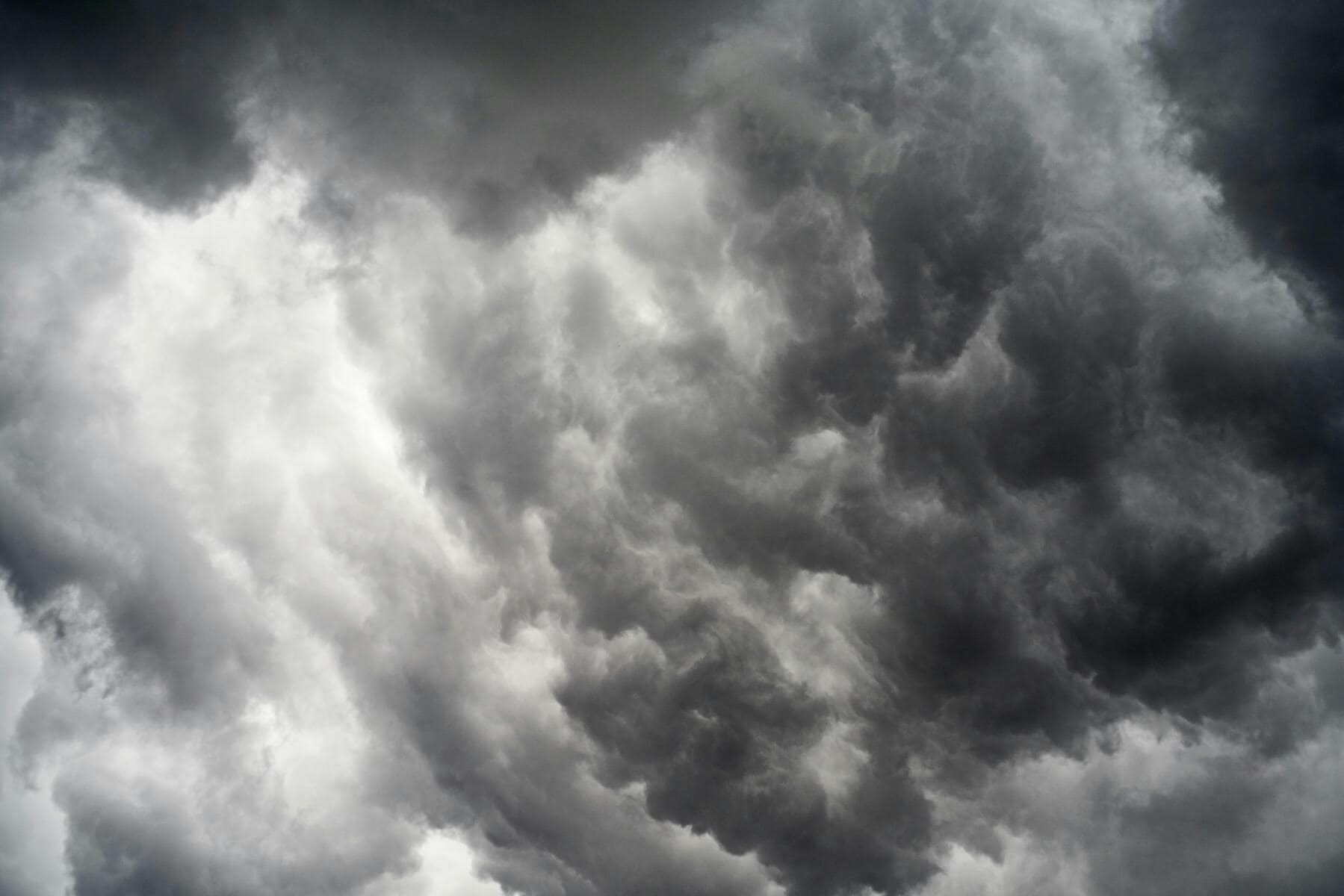Champaign gets hit by surprise storms every single year. Every homeowner knows that sinking feeling when severe weather rolls in. Fallen trees damage roofs, block driveways, and roads. Storm damage turns your neighborhoods into disaster zones overnight.
What can you do before it happens?
Tree care before storm season preparation starts prevents most problems. Prepare your trees by checking for weak limbs and decay. Remove overgrown branches, stake young or large trees, and mulch around their bases. Remove dead and leaning trees before they become a threat.
Strong, healthy trees survive storms that destroy weak ones. They protect homes rather than posing a danger to them.
This guide shares quick preparation tips for Central Illinois residents. You will learn about common damaged trees and weather strikes. Also, discover when local tree experts become necessary helpers.
How to Prepare Trees for Champaign’s Storm Season
Mother Nature doesn’t send advance warning before she throws tantrums. That’s why you should get your trees ready before the first weather event hits.
1. Inspect Trees for Weak or Dead Limbs
Got dead branches that may snap in strong winds? It is time you took care of it. Some tree species, like silver maple or boxelder, are more prone to limb failure. But early trimming prevents the damage and improves safety.
2. Trim Overgrown Branches Near Structures
That branch scraping your roof might seem harmless now. But during a storm, all that foliage acts like a giant sail. Tree trimming those overgrown limbs saves your windows, roof, and sanity. Arborists always say to keep branches at least ten feet from your house.
3. Check for Signs of Decay or Disease
Found a damaged area or splits in the bark? They’re waving red flags. Mushy bark, weird fungus, or hollow-sounding trunks mean trouble ahead. Trees showing signs of decay or pest problems become a big problem during storms.
4. Mulch Around Tree Bases
Mulch helps trees survive dry spells and protects their root systems. But here’s the thing most people get wrong completely. Piling mulch against the trunk like a volcano hurts trees. So, keep mulch about 2-3 inches away from the trunk.
5. Stake Young or Top-Heavy Trees
Young trees need extra support during the first few growing seasons. High winds can uproot new plantings and damage them. Proper staking prevents this expensive problem from happening during storms. You can remove the stakes once those root systems get established.
6. Maintain Soil Health
Your trees need strong ground to withstand rough storms. If the ground becomes too wet, trees can lean or fall over. Poorly-drained soil creates weak points even in healthy trees. Good drainage helps trees anchor themselves when winds get crazy.
7. Remove Hazard Trees Before the Season
You should remove dead or leaning trees before the first storm hits. Tree removal costs less than repairing homes after tree damage happens. They threaten property and people during severe weather. Professional removal prevents expensive disasters from happening.
8. Schedule a Professional Risk Assessment
Experienced arborists see things you don’t. They know which trees need tree service attention before problems start. Reach out to the local professionals before storm season kicks in. It’s cheaper than emergency calls at 2 AM during a storm.
Why Preparing Trees Before Storms Makes a Difference
Trees require attention before problems start, not after disasters happen. And it pays off when bad weather hits hard. Here’s why getting ahead of storms saves money and trouble.
1. Reduces Emergency Tree Removal Costs
Storms wreak havoc on trees. But recognizing the tree problems early prevents expensive emergency calls. Timely care costs less than crisis cleanup.
2. Protects Homes and Power Lines
Hazardous trees and weak branches can hit anything. But you can prevent that by identifying what the trees need. Because one falling limb on your home or power lines can cause unimaginable losses.
3. Keeps Trees Healthier Long-Term
Storm stress opens doors for disease and decay to move in. Keeping trees healthy helps them bounce back faster after bad weather. Strong trees handle nature’s tantrums better than weak ones.
Common Storm Damage Threats in Champaign
Champaign’s storm seasons throw different challenges at trees throughout the year. And each of them is damaging to trees.
1. Strong Winds and Gusts
High winds break branches instantly. Trees close to homes can quickly become dangerous when wind damage hits shallow root systems hard.
2. Heavy Rain and Soil Saturation
The clay soil holds water like a sponge during heavy rains. Even healthy trees are likely to fail due to the soggy ground if tree roots lose their grip.
3. Ice and Snow Accumulation
Winter weather and ice storms load branches with extra weight they can’t handle. Snow and ice accumulation show signs of stress by bending limbs past their breaking point.
4. Lightning Strikes
Large trees in open yards are perfect lightning rods during summer thunderstorms. Another common but serious issue that splits trees down the middle and kills them instantly.
5. Hail Damage
Hailstorms strip bark and leaves off trees like nature’s sandblaster. This damage makes trees weak and likely to fail when disease moves into those fresh wounds later.
Don’t Wait for the Next Storm to Hit!
Storm season preparation protects your tree health and property before problems start. So, learn to look for warning signs regardless of season. It saves money and stress later.
Schedule your professional tree checkup now, before the next big storm rolls through Champaign.

